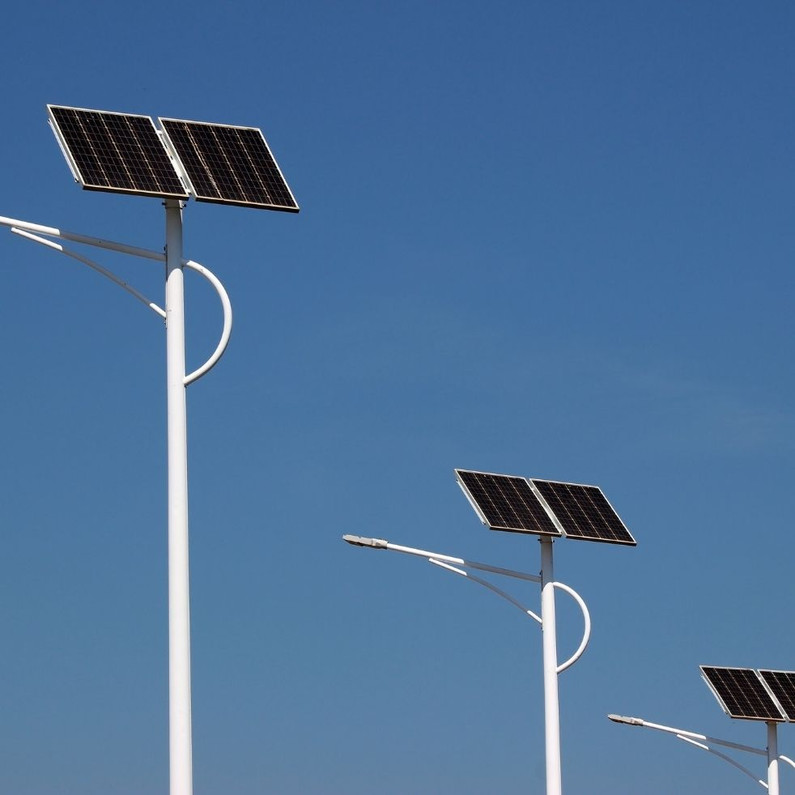Traditional vs. Solar Street Lights: Key Differences To Know
Solar lights are making large strides as they climb to the top of the market. Their influence on the environment, life expectancy, cost, and brightness levels are worth comparing to traditional street lights. Positively impact the community around you as well as your own household. Start by understanding the key differences to know about traditional vs. solar street lights.
Brightness
LED solar street lights often provide a better brightness rating. An LED’s brightness rating is the equivalent of sunlight. This is extremely beneficial for nighttime visibility. The lumens range between 40 to 120. This is an impressive lumens-per-wattage rating. In contrast, a traditional street light has metal halide lamps. Its CRI is usually only 20 to 80, unlike solar street lights.
Environment
Invest in all-in-1 solar street lights and benefit the environment. The beauty in these lights is that they have little to no negative impact on our atmosphere. Solar street lights don’t radiate any gases that could harm the environment as opposed to traditional street lights, which emit carbon dioxide. This gas goes into the atmosphere and negatively impacts our earth by contributing to climate change over time. This is one of the key differences to know about traditional vs. solar street lights.
Cost
Save money in the long run with an investment in solar street lights. Traditional lights are cheaper to buy upfront. However, they don’t last as long, and they require tedious installation that involves labor. Solar lights are a bit pricier from the start. But they last longer and don’t require as much labor costs. If there’s a grid failure or power outage, these lights will still work. You won’t have to send professionals to determine the problem as often. Their easy installation, durability, reliability, and low need for maintenance will reduce costs in lighting in the long run.
Recent Posts
-
How Long Will Solar Powered Lighting Operate in the Rain?
How Solar Light Fixtures Can Run for 10 Rainy Days If you’ve ever wondered how a Commercial solar li …Jul 30th 2025 -
Spotlight - The IL-SPG54 Smart Solar Walkway Light: Where Performance Meets Simplicity
Introducing the IL-SPG54 Smart Solar Walkway Light: Where Performance Meets Simplicity When it comes …Jun 16th 2025 -
Corn Bulb Sale - While supplies last!
⚡ Limited Time Sale – BLE Series Corn Lamps Starting at $24.99! Stock up now while supplies last – p …Jun 11th 2025






